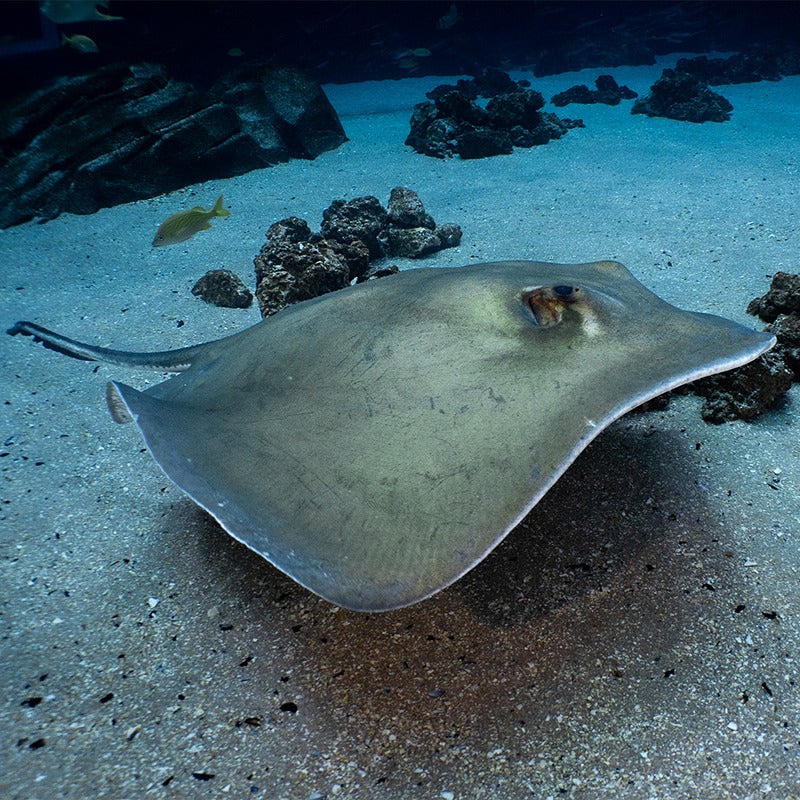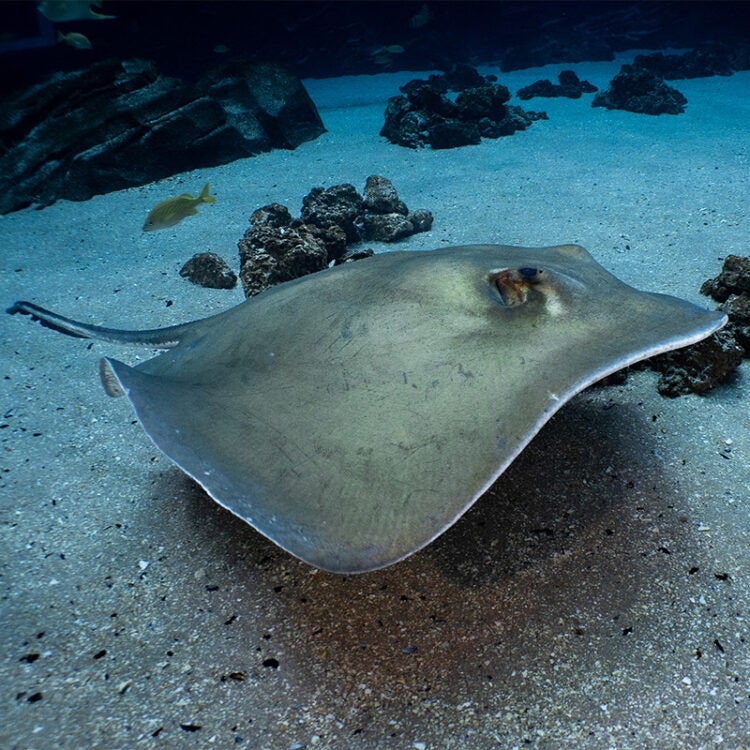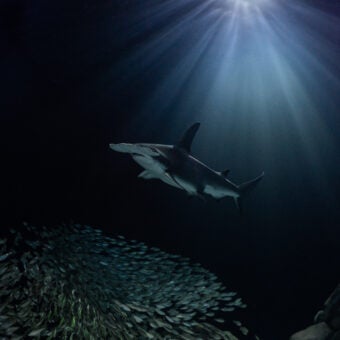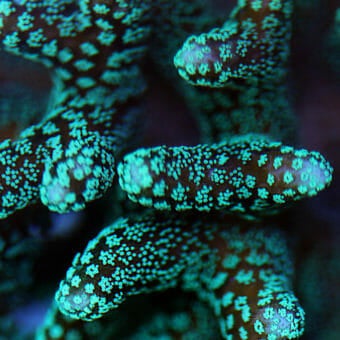ATLANTA (November 13, 2023) – In the middle of the South Atlantic Ocean between Angola and Brazil lies a remote volcanic
island of a mighty 47 square miles (121.7 square kilometers). Discovered uninhabited in 1502 by
the Portuguese, St Helena Island became a British Overseas Territory in 1659 and is now home
to 4,439 residents (2021 Census). Due to its remote geographic location and small population,
the island has not suffered the environmental degradation commonly seen in other blue places
around the world. Recognizing this, the St Helena National Trust, and local and UK governments
are working in tandem to maintain a vibrant and healthy future for both the island’s wildlife and
human inhabitants.
International marine conservation non-profit Mission Blue has named St Helena Island a Hope
Spot in honor of the island’s ongoing initiatives to manage and monitor its marine environment
as well as to grow a sustainable economy.
Dr. Sylvia Earle, founder of Mission Blue, says, “This marine protected area and new Hope Spot
of nearly half a million square miles now faces pressures largely outside its control from rapidly
changing climate, invasive species and pollution. By becoming a Hope Spot, St Helena can act as
a beacon to the rest of the world. Although geographically isolated, it is deeply ecologically
connected to many distant realms, and indeed, other Hope Spots.”
Helena Bennett, Director of the St Helena National Trust and Dr. Dayne Buddo, Director of
Global Policy of Georgia Aquarium are recognized as the Hope Spot Champions, as these
organizations have been working together with the St Helena Government for 10 years to
implement marine science and monitoring programs for the island.
“The remote island of St Helena is a very special area of marine biodiversity and represents true
hope for ocean resilience,” said Dr. Dayne Buddo, Director of Global Ocean Policy at Georgia
Aquarium in Atlanta. “With steadfast resource conservation, this area should withstand the
many issues that our ocean faces and demonstrate to the world the immense value of islands.”
“The Ocean has a way of enchanting us, capturing our imagination and intriguing us with
mysteries of the unexplored,” said Helena Bennett, Director of the St Helena National Trust.
“Our island and its surrounding waters are steeped in our culture, and traditions and have
played a massive role in our history’s timeline since our island’s discovery in 1502, evolving our
way with a sense of nostalgia and a feeling of belonging and home”.
In September 2016, the island of St Helena legally designated its entire exclusive economic zone
(EEZ), nearly 450,000 km2, as a marine protected area (MPA), safeguarding species like whale
sharks (Rhincodon typus) and green sea turtles (Chelonia mydas).
Dr. Buddo says, “This Hope Spot can provide a window to the rest of the world to see how
sustainable use of fishable resources (food security) can be accomplished.” He continues, “I
hope these stories will resonate throughout all levels of society of how local fishers, NGOs and
heads of governments can collectively work together towards achieving the ‘ocean we want’ –
an ocean that is healthy, balanced and thriving for generations to come.”
“St Helena has an extraordinary combination of endemic species, natural beauty and the only
known whale shark breeding location in the world. The Mission Blue Hope Spot designation,
combined with the dedication of the local community to marine conservation, shows how we
can save the ocean when we work together,” said Dr. Alistair Dove, Vice President of Science
and Education at Georgia Aquarium.
St Helena’s remoteness and age have resulted in the development of a unique assemblage of
marine species, creating an oasis in what would otherwise be a vast open ocean. The island’s
narrow inshore area and offshore seamounts provide a unique habitat for a wide variety of
marine species. More than 800 have been identified, 18 of which are endemic, and scientists
believe there could be many more yet to be described. Offshore seamounts provide feeding
opportunities for pelagic species and seasonally migrating megafauna including whale sharks
and humpback whales (Megaptera novaeangliae).
The St Helena Island Government has taken the lead on evidence-based scientific research,
policy, and legislation, and has just published a new Marine Management Plan (MMP) for 2023
to 2027, supported by the UK Government’s Blue Belt Programme.
The Hope Spot Champions’ and local government’s goals for the island are ambitious. Delivering
the objectives and actions of the Marine Management Plan will facilitate continuous community
engagement and capacity building to foster ocean stewardship, local ownership, and sustained
environmental consciousness across the island. According to the MMP, a key value of the
marine protected area is “Economic benefits and opportunities derived from the natural
environment [are to be] underpinned by robust evidence and strong environmental
consciousness.”
Limited human pressure on the waters around this island means this oasis of biodiversity is in
excellent condition, and the community of St Helena is rightly proud to keep watch over such a
beacon of hope to others, and one that has been attracting the attention of eco-minded
tourists. The island’s narrow continental shelf allows for whale sharks to come close to the
shore, and snorkeling to see them has become both a popular ecotourism activity and an
important economic opportunity.
While local marine tour operators have been voluntarily complying with an accreditation
scheme since 2016, new marine regulations were introduced earlier this year. Now, with the
formal licensing of all operators, and full support from local marine tour operators the island
can look forward to growing its marine tourism sector responsibly, championing the best of the
Hope Spot and inspiring visitors in the process.
The UK Foreign, Commonwealth and Development Office’s Minister for the Americas and the
Caribbean, David Rutley MP says “St Helena is home to a range of unique marine species and
habitats creating breath-taking coastal scenery and underwater environments. I’m proud to see
St Helena’s MPA designated as a ‘Hope Spot’. This speaks to the fantastic working collaborations
St Helena has with its local community, Government and NGOs in creating ocean conservation
consciousness through sustainable use”.
Craig Yon, owner of Dive St Helena says “I’m delighted that there is a structured approach to
ensure we, the tour operators, are able to showcase our marine environment in a safe and
friendly manner. Being accredited as a marine tour operator by the St Helena Government,
emphasizes the healthy working relationship earned over the years between the tour operators
and the local authorities to protect the environment for future sustainable use”.
###
Georgia Aquarium is a leading 501(c)(3) non-profit organization located in Atlanta, Ga. that is Humane Certified by American Humane and accredited by the Alliance of Marine Mammal Parks and Aquariums and the Association of Zoos and Aquariums. Georgia Aquarium is committed to working on behalf of all marine life through education, preservation, exceptional animal care, and research across the globe. Georgia Aquarium continues its mission each day to inspire, educate, and entertain its millions of guests about the aquatic biodiversity throughout the world through its engaging exhibits and tens of thousands of animals across its eight major galleries.
Led by legendary oceanographer Dr. Sylvia Earle, Mission Blue is uniting a global coalition to
inspire an upwelling of public awareness, access, and support for a worldwide network of
marine protected areas – Hope Spots. Under Dr. Earle’s leadership, the Mission Blue team
implements communications campaigns that elevate Hope Spots to the world stage through
documentaries, social media, traditional media, and innovative tools like Esri ArcGIS. Mission
Blue also embarks on oceanic expeditions that shed light on these vital ecosystems and build
support for their protection. Mission Blue supports the work of conservation NGOs that share
the mission of building public support for ocean protection. With the concerted effort and
passion of people and organizations around the world, Hope Spots can become a reality and
form a global network of marine protected areas large enough to restore the ocean, the blue
heart of the planet.
The St Helena National Trust, (the Trust) is an independent not-for-profit government
organization, (NGO) which aims to champion St Helena’s heritage through collaboration,
engagement, proactive management and partnerships. The Trust vision; St Helena’s heritage for
all, forever; we see our Island as unique and incredibly special. The buildings and forts, the
traditions and customs, the plants, animals and habitats all play an equal part of our heritage
and they are important to those of us who live here but are also of great value to the wider
world.
The Blue Belt is one of the UK Government’s flagship marine conservation programmes and is at
the forefront of realising global ambition to tackle the threats facing the world’s oceans,
including overfishing, species extinction, climate change and marine pollution. It works closely
with 10 UK Overseas Territories (UKOTs) to enhance marine protection across more than 4.3
million square kilometres of marine environment, covering 1% of world’s ocean. From cutting
edge science to using new technology, this highly ambitious Programme is leading the way in
supporting UKOTs in the effective management of their MPAs and in ensuring they are
safeguarded for future generations. The Blue Belt Programme is supported by two world
leading organisations – the Centre for Environment Fisheries and Aquaculture Science (Cefas)
and the Marine Management Organisation (MMO) on behalf of the UK Government.





